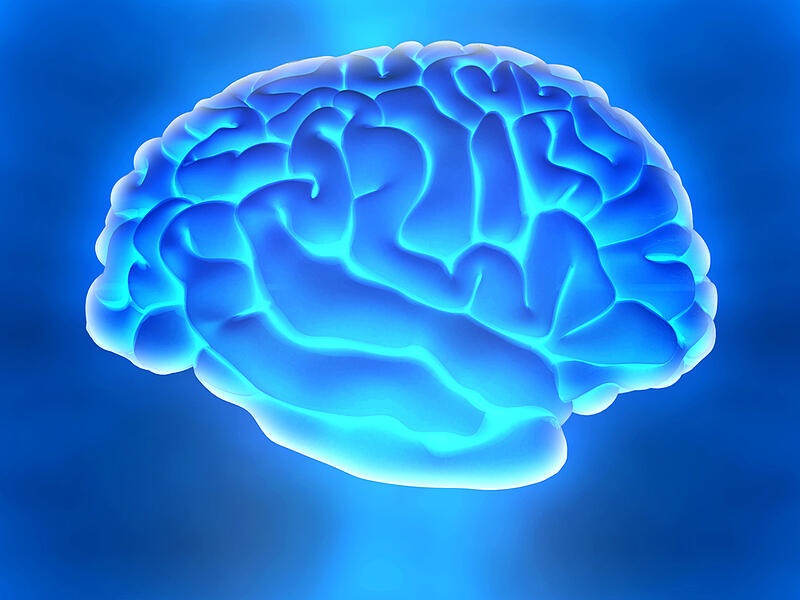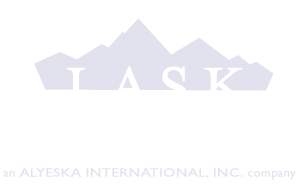What your brain does while you’re catching zzz’s each night?

Are you getting enough sleep? Today, in an effort to better understand the role of sleep in our lives, I ask a very basic question: What happens when our heads hit the pillow at night?
The sleep cycle:
A sleep cycle lasts about 90 minutes, and during that time we move through five stages of sleep. The first four stages make up our non-rapid eye movement (NREM) sleep, and the fifth stage is when rapid eye movement (REM) sleep occurs.
NREM sleep:
Across these four stages we move from very light sleep during Stage 1 down to very deep sleep in Stage 4. It is very difficult to wake someone who is in Stage 4 sleep. Across NREM sleep, we have little muscle activity and our eyes do not typically move, but all of our muscles retain their ability to function. (Note: Since this post was written, researchers have dropped Stage 4 of sleep, combining 3 & 4 into a single (deep) sleep stage.)
REM sleep:
As the name would imply, during this final stage of sleep we have bursts of rapid eye movements. This is the stage of sleep in which most dreaming occurs. Our eyes are not constantly moving, but they do dart back and forth, and up and down.
These eye movements may be related to visual images of dreams, but that is not confirmed, and in general, the reason for these eye movements is still a mystery. Although our eyes are moving rapidly, the muscles that move our bodies are paralyzed. (Other important muscles, such as our heart and diaphragm, continue to function normally).
What happens over the course of a night of typical sleep?
It turns out that it’s not as simple as putting together 4 to 6 of the 90 minute sleep cycles I described above. Over the course of the night, the amount of time we spend in a particular stage of sleep begins to shift. During the first 2-3 sleep cycles, we spend most of our time in deep NREM sleep (stages 3-4), whereas during the final 2-3 sleep cycles, we spend much more time in REM sleep accompanied.
And the complexity of sleep doesn’t end there – apparently how much NREM and REM sleep we get is not just based on where we are in our nightly sleep, but it also depends on what time of day or night it is.
Regardless of when you fall asleep, people tend to experience more NREM sleep in the earlier hours of the night (e.g., 11 p.m. – 3 a.m.) and more REM sleep in the later hours of the night (e.g., 3 a.m. – 7 a.m.). So those after-hours mutants are getting more REM sleep overall than are the early-to-bedders. As with many other aspects of sleep, the need for all this complexity in our sleep cycles is still a mystery.
Changes in sleep across the lifespan:
The typical adult sleeps about 8 hours per night (with lotsof individual variability – I personally think I need about 9 to 9.5 hours, while my dad can’t seem to sleep more than 6 or 7!).
Teenagers tend to need 9 or more hours of sleep a night to be optimally alert the next day (perhaps I’m stuck in adolescence), and the need for sleep continues to increase as you move backwards towards infancy.
But again, its not as simple as how much sleep we need at various times in our lives, our age also helps determine what type of sleep we get. As we move from childhood to adulthood, we experience a reduction in how much deep sleep we get (NREM Stages 3-4).
This change takes place primarily in adolescence when about 40% of NREM Stages 3-4 sleep is replaced by Stage 2 sleep. In addition to losing our deep sleep, we also cut back on REM sleep as we age. Newborns spend half their total sleep time in REM sleep, but by 2 years old that is down to only a quarter (and remains that way). Babies also sleep on shorter cycles – only 50 – 60 minutes, and can fall asleep straight into REM sleep.
What does all of this mean for napping?
Giving yourself a full sleep cycle (90 minutes) can help you retain certain skill you’ve just learned, but for recovering from fatigue a 15-20 minute nap is ideal (and some research suggests a nap as short as 5 minutes could be beneficial!), since the farther along you are in your sleep cycle, the harder it is to get over that grogginess you sometimes feel when you first wake up (known in the sleep world as sleep inertia).
What’s the ideal sleep schedule?
Although in Western Society we tend to sleep in one big chunk at night, some researchers question whether this is what our bodies were designed to do.
Some remote cultures are known to sleep in two phases: about six hours at night and a one and a half hour nap in the afternoon. This sleep schedule is similar to those Mediterranean cultures known for their mid-afternoon “siestas.”
This type of sleep schedule may fit better with our circadian rhythms which tend to experience a drop around 2 p.m. (you know you’ve all experienced that post-lunch low!). It seems that some corporations are beginning to recognize the benefits of an afternoon nap, and businesses have even cropped up in large cities to capitalize on this new power-nap craze.
If you would like to speak to a sleep specialist about the benefits of napping, or if you believe you have a more serious sleep disorder, contact The Alaska Sleep Clinic @ 907-357-6700 for a free consultation.









